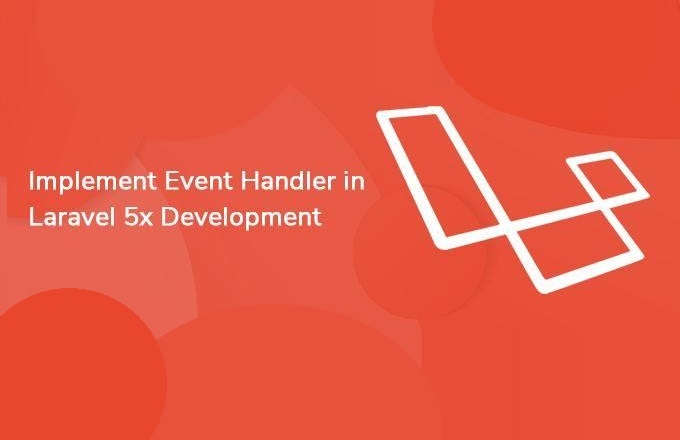The tech revolution has changed the course of history by upending every facet of our daily lives. Spearheading this revolution is the IT industry. One of the technologies that have brought innovation on an unprecedented scale is the enterprise cloud.
With enterprise cloud solutions, data generated and procured by companies can be held in a single spot while letting it be accessed from anywhere in the world. This versatility and reliability have made it a must-have for all businesses.
5 Least Privilege Principles for Enterprise Cloud Environments
The tech industry is also a victim of its success in the form of data security breaches. The principle of least privilege is one method of putting a stop to data security threats.
Security Essentials for Enterprise Cloud
Cloud-based data operations mean that employees have more access to the company’s data than before. It can be remote and increase the chances of misuse and upping of risk in the process. Least privilege is a security model that allows for data to be accessed by someone based on their “privilege” or access level. Many factors decide who gets how much data access and for how long. This has many benefits to enterprise cloud security.
Multi-Cloud Solution Implementation
Increasingly, enterprises are opting for multiple cloud platforms to run their cloud-based solutions for them. According to a recent Gartner survey, about 81% of public cloud users had more than one provider. Each of these comes with its security parameters and implementation topologies.
Implementing your security protocols across all of these is an enormous challenge. Besides compatibility issues, managing employee access levels on different platforms is an arduous task and prone to flaws that can be exploited.
A multi-platform access regulation protocol across the organization will prevent untoward access privileges from being granted. This helps cut down the complexity of managing security across these platforms and vulnerabilities, like dormant IDs.
Cyber Threat De-escalation
Enterprise cloud systems are a beloved target of hackers as they are a pot of gold in sensitive information. With businesses most likely running more than one application that requires access to such sensitive data, they could become vessels that carry hackers to their intended target.
Thus privilege management for data access is not limited to the human side of things but the software side. Enterprises using applications from different vendors are at great risk of attacks due to vulnerabilities present in them. Present security solutions might fall short of protecting the system from these risks.
By limiting data access to the software as well, threats from the application-related vulnerabilities will be minimized to a great extent. Detailed reports about its activity can be availed and analyzed for improvements if necessary. It will also ensure that people using these applications can be monitored, the principle implemented on a compounded scale to include humans and machines.
Enabling Quick Fixes
No system or method is ever 100% effective. Lowered privilege in data accessibility goes very far, but there is always some loophole present. And on a rare occasion, an attack does happen.
The lack of complete privilege makes a big difference in such situations. The source of the attack can be narrowed down as only a few known people/applications will have the ability to let that attacker in.
The categorization of data and separation between them ensures that damage is minimized, be it a leak or ransom attack. The type and amount of data lost/held will be known. All of this makes it easy to find a solution soon without disrupting the workflow too much.
Implementing the solution will also be brief, as only a few people will do the job. Too many people fixing the problem might lead to delays due to lack of coordination, confusion, the introduction of flaws, etc.
Better Automation Integration
Everything that can be automated is getting automated. This includes security systems in enterprise cloud situations. Having many people handle the tasks automated systems can manage is a resource-consuming endeavor that is inefficient and often leads to poor, high-risk results.
Reduced privilege allows for these individuals to be retasked elsewhere where this effort will be needed more. This enables better resource planning for automated solutions. Its privileges can be easily managed instead of the earlier case where both humans and software had to compete or simultaneously use the data, opening the door to security issues.
The least privilege principle is proving its worth in everyday enterprise cloud situations. Thus, it’s the most sought after security measure for any company that heads to the cloud for its functioning.











+ There are no comments
Add yours